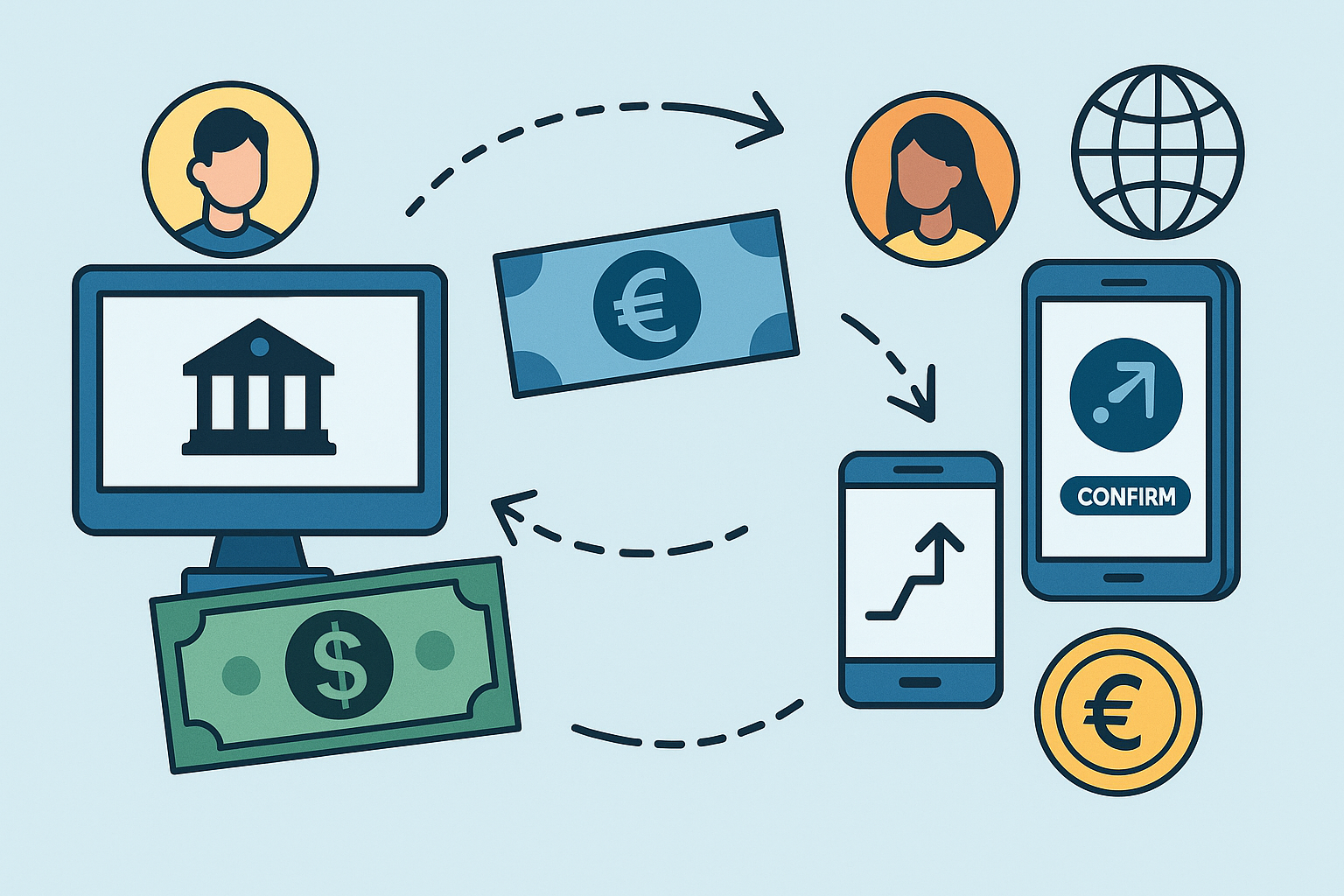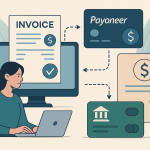Introduction
Double currency conversion might seem like a minor inconvenience—until you realize you’re losing 2–6% on each international transaction. For freelancers, remote teams, and global entrepreneurs, that’s a sneaky cut into your profit margin. But don’t worry—we’ve got your back. Let’s dive into how to detect, prevent, and completely avoid double currency conversion in 2025.
What Is Double Currency Conversion?
Double conversion happens when money is converted twice during an international transaction—often without your knowledge.
Example:
Client pays you in USD → your payment provider converts it to EUR → your bank converts it again to UAH.
You’ve now paid for two conversions. And those fees add up. Fast.
When Does Double Conversion Happen?
- Your account currency doesn’t match the payment currency
- Your card is billed in one currency, but the merchant charges in another
- You’re using a payment provider that auto-converts without asking
- You withdraw funds from PayPal or Payoneer in local currency to a foreign currency card
How to Avoid Double Currency Conversion in 2025
1. Use Multi-Currency Accounts
Open accounts that let you hold and receive multiple currencies without automatic conversion.
Recommended tools:
- Wise — get local bank details in USD, EUR, GBP, AUD, etc.
- Payoneer — Global Payment Service
- Revolut Business — hold 25+ currencies
2. Match Your Invoice Currency to the Client’s
If your client pays in USD, send them a USD invoice and use a USD account.
Avoid automatic conversion by:
- Setting invoice currency explicitly
- Sending a direct account link with the right currency
3. Avoid “Default” Currency Withdrawals
Some platforms auto-withdraw in your local currency.
👉 Change withdrawal settings to withdraw in the same currency as received, then convert it manually (often cheaper).
4. Use Cards With No FX Markup
If you spend globally, choose cards with low or zero FX fees:
- Wise card
- Revolut card (Premium/Metal plans)
- Monobank USD/EUR cards (Ukraine)
5. Always Pay in the Transaction Currency
When paying online or abroad, always choose the original currency if prompted.
💡 Example: When paying in a European shop with a USD card, decline the “Convert to USD” option.
Bonus Tip: Track Real Exchange Rates
Use XE.com, Google, or built-in tools in Wise to monitor mid-market rates.
Compare them to what your provider offers—many hide extra margins.
Final Thoughts
Double conversion is like an invisible tax. But with a few tweaks to your accounts and payment habits, you can eliminate it entirely. In 2025, cross-border payments are smarter than ever—don’t let outdated habits drain your wallet.
Stay sharp, pay smart, and keep more of your money where it belongs: in your pocket. 💸





